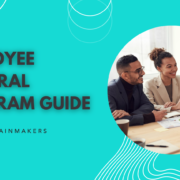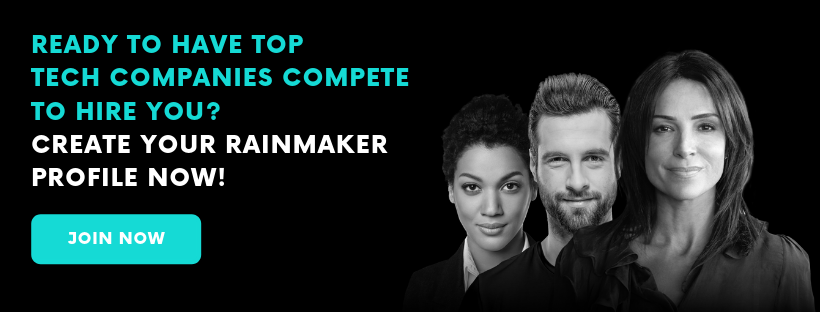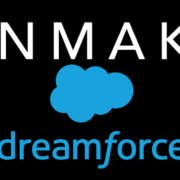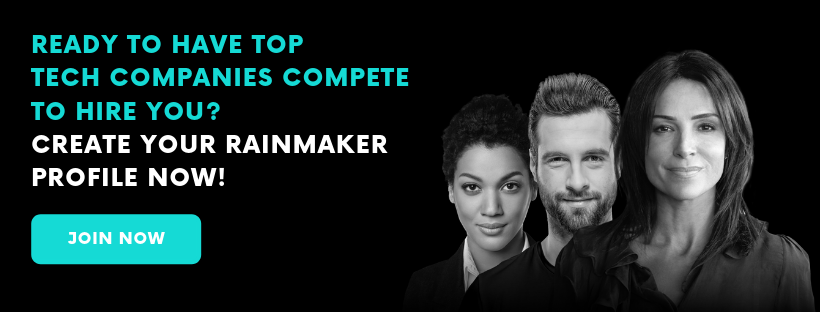A business is only as good as it’s employees. No matter how great your idea or how much money has been invested, if you don’t have a good team, your done. Superior talent is up to eight times (800%) more productive than average performers. The return on value here is massive. Often employers are looking for cheap hires to cut down on overhead, this is the exact wrong way to think about the process. Hire talent and watch the revenue increase.

There is an intense War for Talent going on as we speak. Fortune 500 companies are constantly competing to find, hire, and retain elite professionals. Despite their ability to pay skilled work 82% of the top companies still feel that they are unable to hire and hold highly skilled talent.
Here lies the problem for startups. With the great competition among the elites, there is no chance a startup will be able to land top talent. Even if they do, it would be almost impossible to hold them for long.
Do not even waste your time with undesired sales candidates. It may seem like a quick fix or the potential hire may show potential, but unfortunately many people are experts at being mediocre. Before hiring you must take a long hard look at your brand, culture, and recruitment plan. Welcoming people who seem motivated isn’t enough. Anybody can show up with a smile and promise the world.
4 Problems With Your Startup Strategy:
- You don’t know where to look
- Your brand is dull
- You don’t provide enough benefits
- You provide no long-term growth
1) You don’t know where to look
The one thing you can always expect is for things to change. Hiring processes that worked for baby boomer won’t work for the millennials and younger generations. For better or for worse a whole new generation of employees are slowly entering the workforce. This means that traditional hiring methods such as job boards or online postings are no longer relevant. Talented salespeople, more often than not, are already making deals and forming relationships. You won’t catch them looking for a job on indeed.com.
Before you hire talent, you need to have a vision of what you want that talent to be. Understand the persona of your ideal candidate. Once you have an idea of who they are, you can position yourself to get into their field of vision. Social media is a creative way to present your brand in a way that is enticing and powerful to potential employees. Get your content/brand in industry events and conferences, and on specialist sites that provide content, training, and other resources for sales professionals

2) Your brand is dull
No matter what your niche there will always be an audience who supports your market. You need to establish that your niche is cool and attractive, just because it may seem boring to a mainstream audience, doesn’t mean you can’t strut your brand like your Elon Musk. A dull company leads to dull work, avoid it at all cost.
Your brand matters to millennials and younger generations who place a high premium on “experience” and online reputation. Many companies provide reviews to for people looking for jobs. You need to make sure your corporate culture is seen by many to be fun, engaging, and rewarding. Value people over outdated systems, promote health and happiness over deadlines and 30-minute lunches. Your company culture will speak volumes to potential hires. Millennials want a place to not only work, but to live.
3) Your Compensation Plans do not Give Reps Enough Incentive
This is extremely important. Highly talented workers consider compensation one of their highest priorities when looking for a job. The whole idea of hiring a talented employee is to increase revenue one way or another. You need to be generous with your salary because that is one of the major stepping stones when getting someone in the door.
Always be honest when it comes to compensation. Any trickery here can seriously harm your reputation for years to come. However, don’t just come out and show potential candidates your above-market rates. Instead, provide a package which includes training, flexible schedule, and other perks first. Then surprise them with a handsome paycheck.
4) You Provide no Long-Term Growth
Perhaps the single most important element of the hiring process is long-term growth. Talent wants to work on the projects their skilled in, do not have them doing monotonous soul-sucking tasks. Show them a path upwards and that promotion is possible. This ties into having a scalable business model set in the first place. If you don’t know how to manage your talent appropriately and your business structure has no upward growth, you’re not getting the talent you need.
This is easier said than done, but figure out a way to make the work fun. Show your employees that the work their doing is contributing to the success and growth of the company and reward them whenever you can. Highlight advantages such as company-subsidized professional development programs, travel incentives, generous commissions, job meaning, and impact, as well as clear career paths and growth avenues for sellers.
Conclusion
You need competent salespeople to grow your startup. But they are hard to find and rarely come cheap. For highly skilled and motivated sellers to join your team, you have to do your part as a responsible employer that values its people. And it all starts with the applicant journey as sales candidates go through the stages of your recruitment process. To hire the best people, offer the best value you can.





























